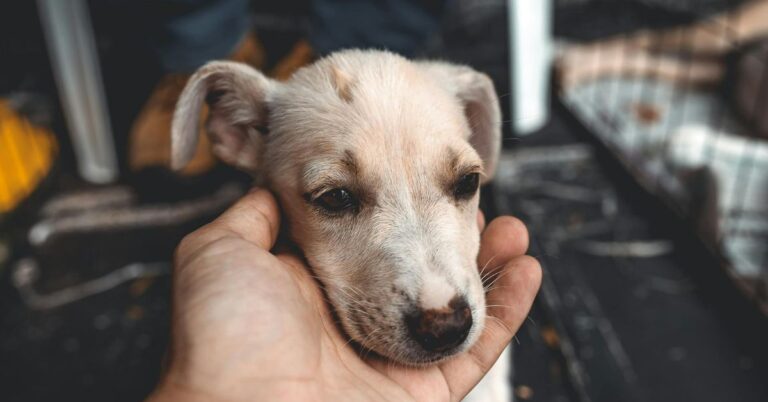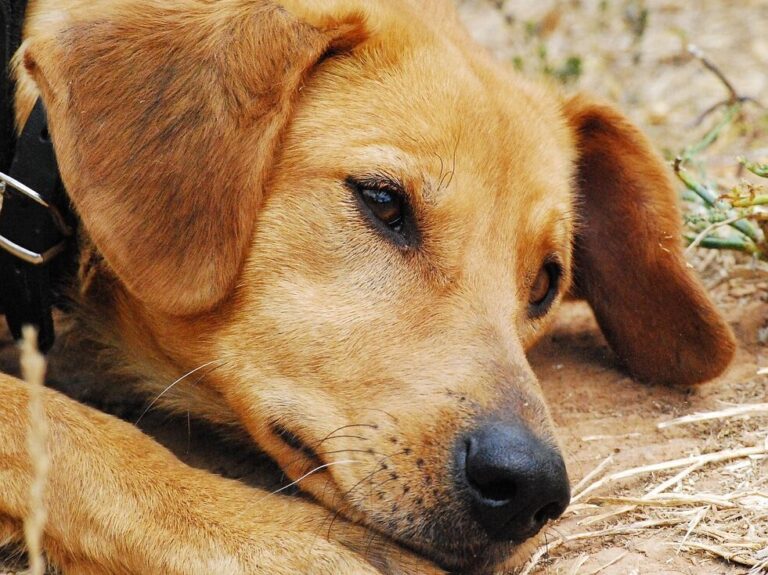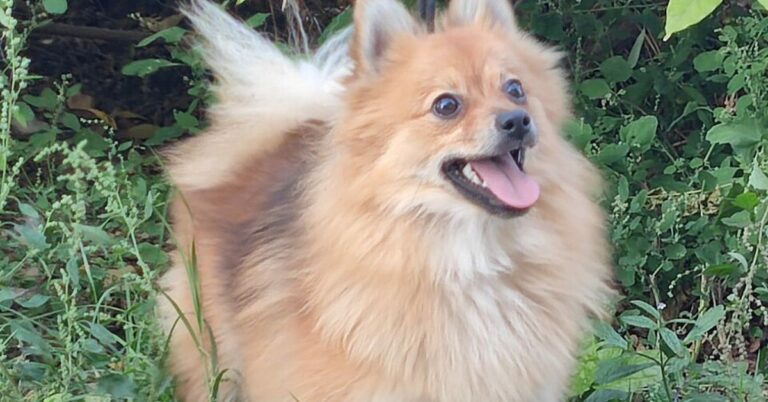15 Amazing Insights Into Why Dogs Lick Each Other

Dogs are known for their affectionate and playful behavior, and one of the sweetest ways they connect is through nose-to-nose interaction or even gentle licking. But what does this behavior really mean? Is it purely a sign of love, or is there more behind this display of affection? Let’s explore 15 reasons why dogs engage in such tender exchanges!
Bonding Through Affection
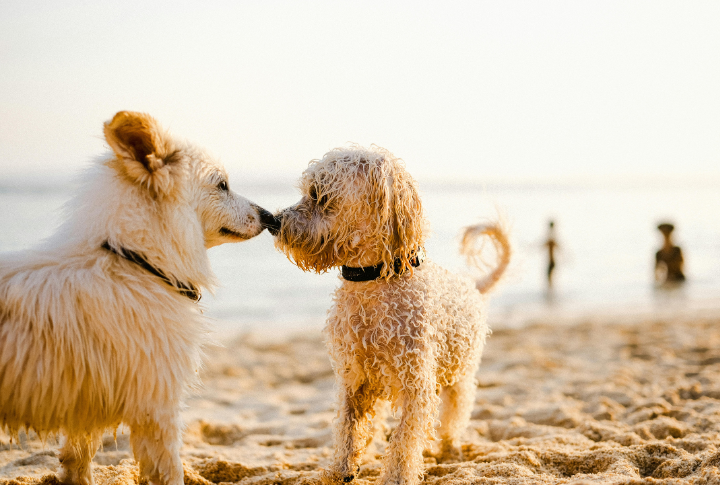
One of the most endearing reasons dogs lick each other is to show affection. When two dogs are closely bonded, licking becomes an expression of love and friendship. It strengthens their connection and can be seen as a gesture that says, “I care about you.” For dogs, this is an ongoing process that reinforces their relationship.
A Sign Of Submission

In the dog world, hierarchy matters. Licking can be a sign of submission, where a lower-ranking dog shows deference to a higher-ranking one. This behavior helps maintain harmony in groups, preventing conflicts. It’s a peaceful way for a dog to communicate, “I recognize your authority,” avoiding any aggressive displays.
Helping Each Other Stay Clean
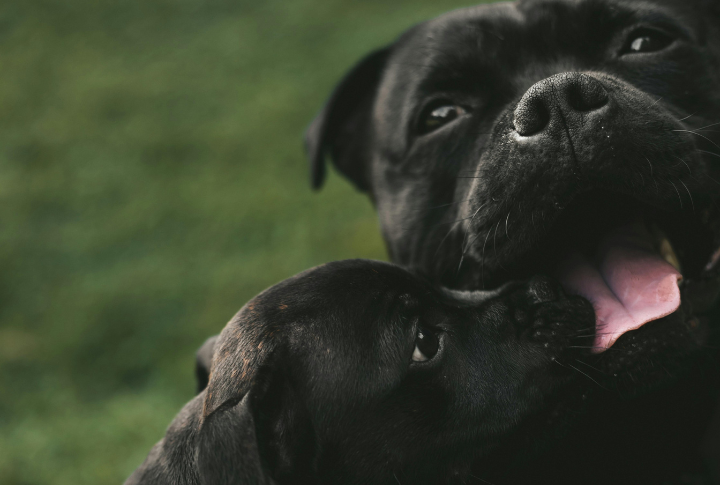
Dogs are surprisingly good at helping each other stay clean. Licking often serves as a form of grooming, especially in areas that are hard for a pooch to reach on its own. You might notice dogs licking each other’s eyes or muzzle after a meal—this is their way of lending a helping hand (or tongue).
Providing Comfort and Reassurance
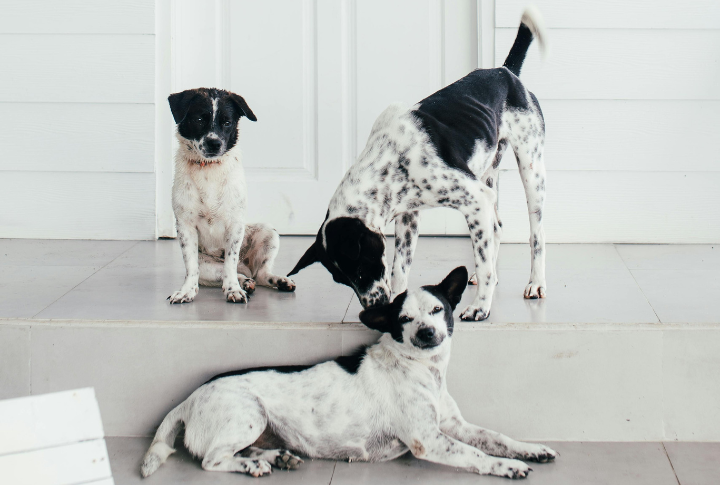
When one dog is feeling stressed, another dog might offer a reassuring lick to help calm them down. Much like how humans hug or comfort one another, dogs use this method to provide emotional support. This soothing action can reduce anxiety, help a dog feel more secure, and create a calming environment.
Communicating Deference
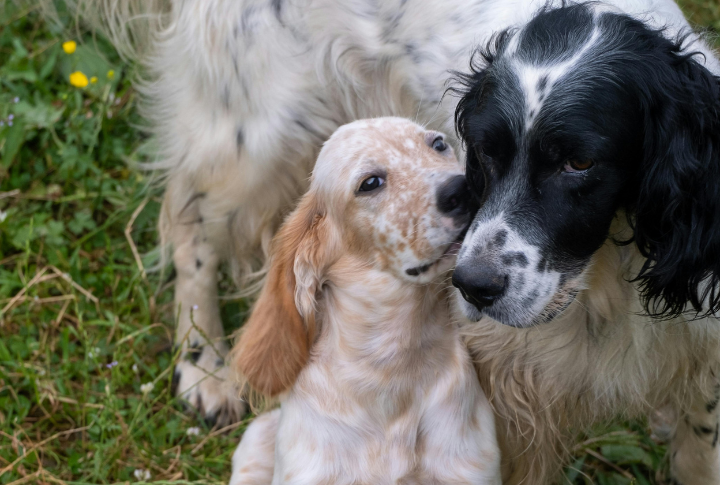
Licking isn’t always about affection—it can be about showing respect. Younger dogs, or those that recognize another dog as dominant, will often lick as a sign of deference. This behavior communicates a clear message: “You’re the boss, and I’m okay with that.” It’s a peaceful way to maintain pack order without physical confrontation.
Establishing Social Bonds
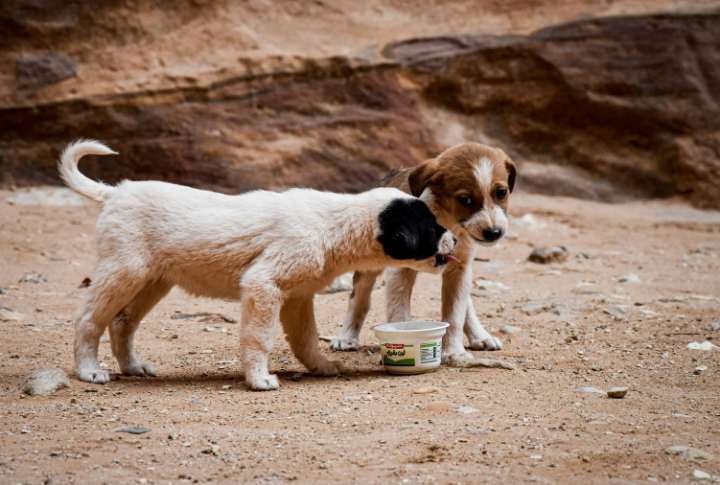
In the wild, wolves use licking to establish and maintain their social bonds, and domestic dogs have retained this behavior. For dogs, licking acts as a form of social glue. By engaging in this behavior, dogs create lasting relationships that help maintain the overall harmony of their social circle.
Greeting Ritual
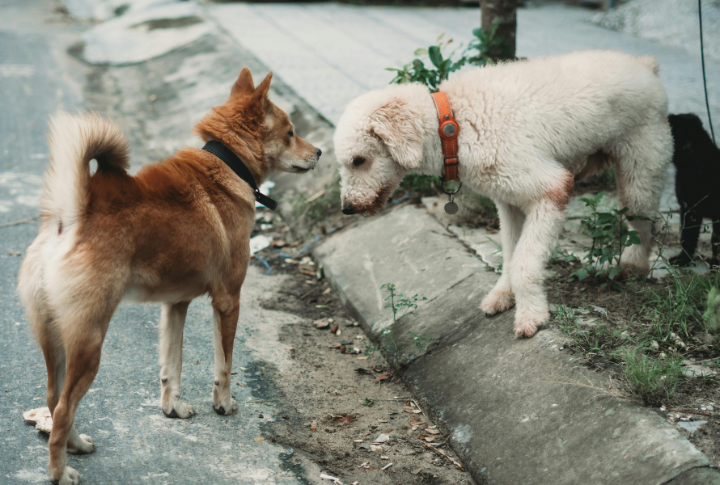
Licking can serve as a welcoming gesture when two dogs meet or reunite. You may see dogs excitedly lick each other’s faces upon greeting, much like a human wave or handshake. This exchange is a way for dogs to communicate that they’re happy to see each other, setting a positive tone for their interaction.
An Invitation to Play
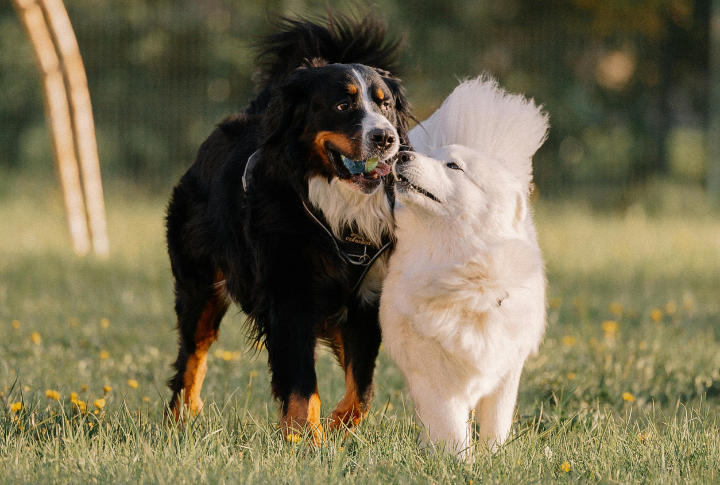
If a dog wants to initiate fun, they may give a quick lick, followed by other playful signals like wagging their tail or performing a play bow. When a dog engages in licking, it creates a playful and relaxed atmosphere, signaling that the dog is friendly and in the mood for some fun.
Detecting Health Issues
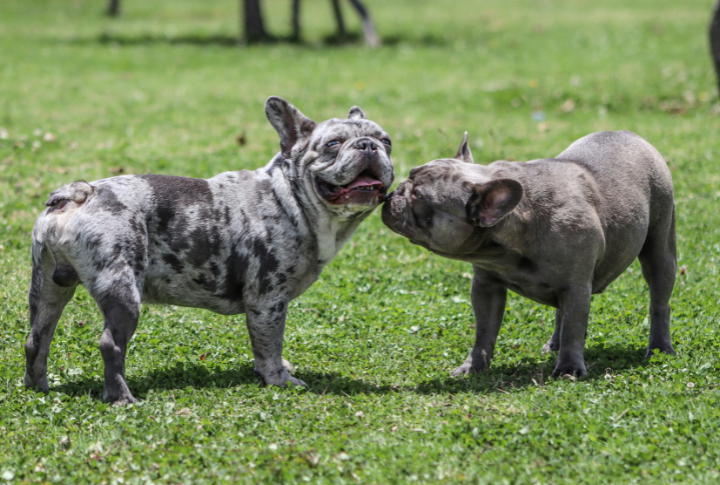
Dogs have a heightened sense of smell and taste, which allows them to detect when something is off. They may lick a fellow dog’s wound or sore spot as a way of helping, alerting their owner that something might need medical attention. Such instinctive care shows that pups can act as each other’s health monitors.
Leftover Instincts From Puppyhood

In their early days, puppies lick their mother’s mouth to stimulate the regurgitation of food—a natural behavior in the wild. As they grow older, the instinct to lick doesn’t disappear, even though the purpose evolves. Adult dogs may still lick each other’s faces out of habit, a remnant of their puppyhood behavior.
Taste and Curiosity

Dogs explore the world with their tongues. After eating, dogs may lick each other to explore the taste of leftover food. It’s a way for them to gather information about where the other dog has been or what they’ve been eating. In a sense, it’s their way of catching up on the latest “dog gossip.”
Post-Conflict Peace Offering

After a spat, licking can serve as a peace offering between dogs. If there’s been a minor argument, one dog might lick the other to show that they don’t want to continue the conflict. This action restores balance, demonstrating that dogs are wired for reconciliation as much as they are for competition.
Building Trust
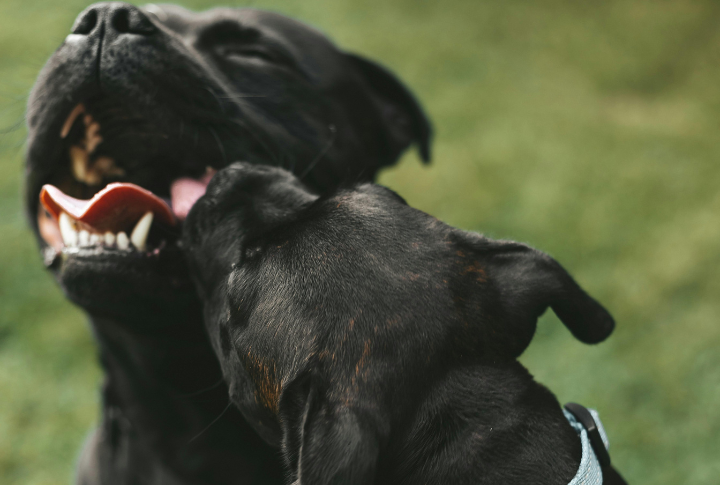
Licking sensitive areas like the face, ears, or even wounds demonstrates a high level of trust between dogs. Allowing another dog to get so close indicates that they feel safe and secure around each other. Trust-building is a critical part of canine relationships, and licking plays a big role in establishing this mutual confidence.
Maintaining The Pack Mentality
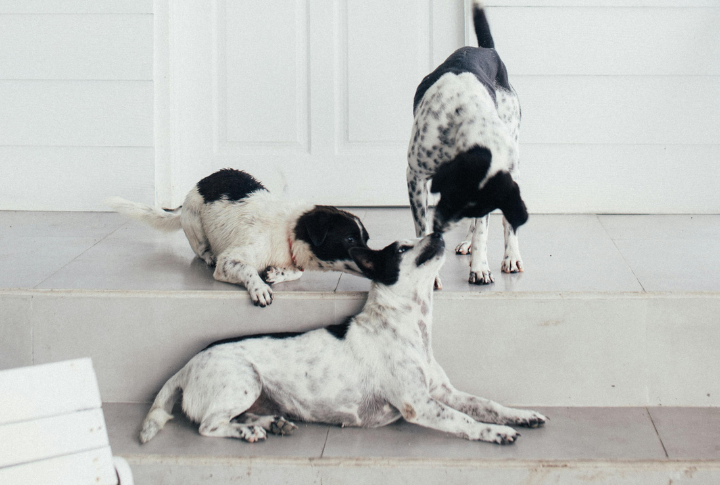
Dogs, by nature, are pack animals, and licking helps reinforce this mindset. In the wild, wolves use licking as part of their pack maintenance behavior. Domestic dogs, though far removed from their wild ancestors, retain this trait. This activity reinforces the idea that they are part of a group, creating a sense of togetherness.
Natural Nurturers
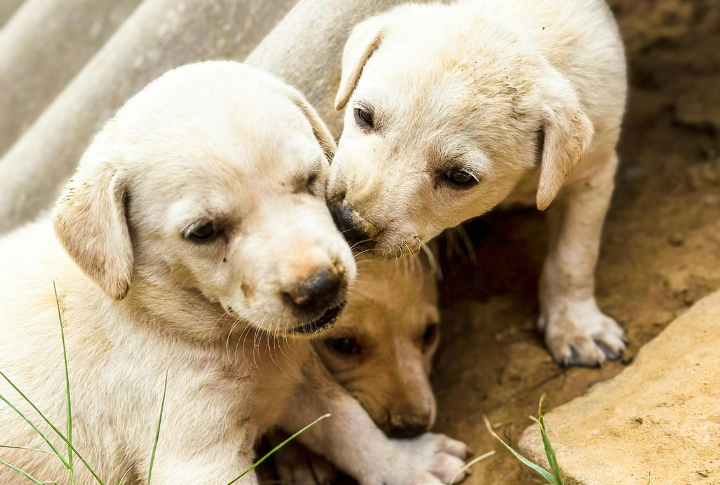
These canines are instinctive nurturers, and licking is a key way they show care and affection to others in their group. While it’s most commonly seen in mother dogs caring for their puppies, this nurturing behavior extends to all dogs, regardless of gender or age.
